What Is A Supermoon Lunar Eclipse?
What is a Supermoon Lunar Eclipse?

We’ve told you that on Sept. 27 a supermoon lunar eclipse will occur in the U.S. And much of the world, but what does that mean?
One important note, is that this event can be referred to in many different ways:
Supermoon Lunar Eclipse
Super Blood Moon
Harvest Moon Eclipse
Supermoon Eclipse
All slightly different names, but apply to the same spectacular event that will occur this weekend.
Since it’s rare that both a supermoon and an lunar eclipse occur at the same time, let’s break it down.
1) Supermoon

A supermoon is a full or new moon that falls closest to the fall equinox, and is at its closest approach to the Earth. This results in the moon appearing up to 14% larger in diameter.
2) Lunar Eclipse

A lunar eclipse occurs when the moon passes directly behind the Earth into its shadow. This can give the moon a red tint.
3) A Supermoon Lunar Eclipse!

The combination of these two events does not happen very often. In fact, since 1900 a supermoon lunar eclipse has only happened 5 times! The last time this occurred was 1982, and if you miss the event this year, your next opportunity won’t come until 2033.
This year, the event will be visible from the Americas, Europe and Africa on the night of Sept. 27. Here’s a full schedule of the supermoon eclipse:

If it’s cloudy in your area on Sept. 27, don’t worry! NASA Television will be providing a live stream of the event, so you can tune in and enjoy the show.
For more information and resources on the supermoon lunar eclipse, visit our page on NASA.gov.
Make sure to follow us on Tumblr for your regular dose of space: http://nasa.tumblr.com
More Posts from Smartler and Others
Sea otters—gardeners of the eel grass
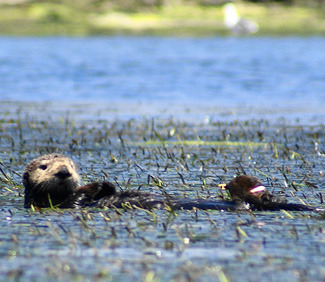
Photo: Ron Eby
In the 1970s, researchers discovered that kelp forests are healthier and home to many more species with otters than without them. By keeping kelp-devouring sea urchins in check, otters promote kelp growth, which in turn supports a diverse community of algae, fish, invertebrates, and marine mammals.
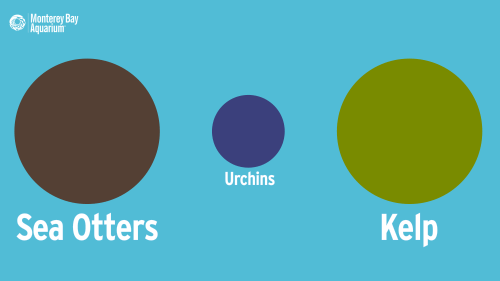
If otter abundance is up, so is the kelp’s; if urchin abundance is up, the otter and kelp abundance will be down. This domino effect is called a three-step trophic cascade.
But wait, there’s more!

Photo: Ron Eby
Researchers from UC Santa Cruz monitoring sea otters living in Elkhorn Slough, an estuary in Monterey Bay, noticed something incredible: after otters moved into the area, the eel grass beds became healthier. They took a closer look and discovered that otters are also a keystone species in the eel grass community!
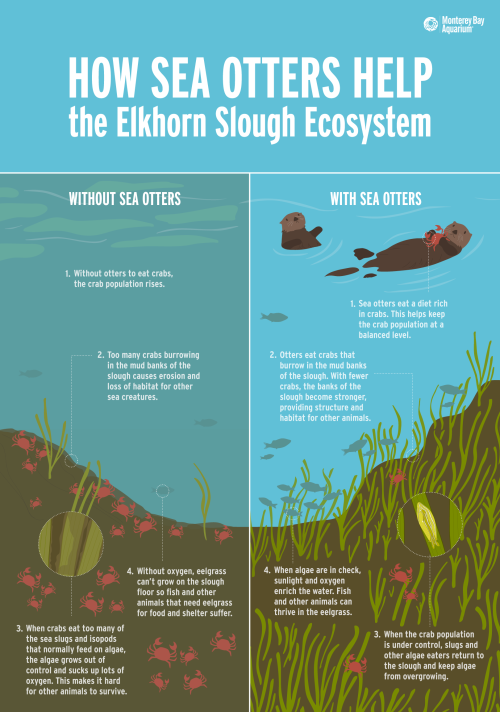
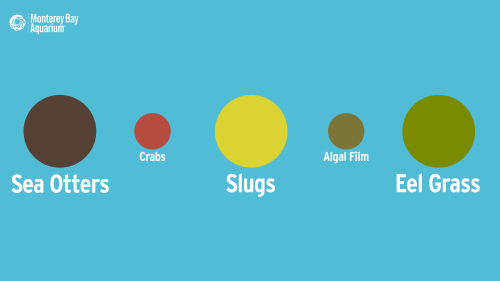
We’ve been studying sea otters for over 30 years, and they continue to impress us every day.
Simple actions—like protecting sea otters—can have drastic, surprising, and positive impacts throughout the environment. To find out how you—yep, you, right there—can help us continue our research, take a look at our Sea Otter Program page.
Here’s to the next 30 years of sea otter research!
Tonight: A Supermoon Lunar Eclipse
(via APOD; Video Credit: NASA’s GSFC, David Ladd (USRA) & Krystofer Kim (USRA) )
Tonight a bright full Moon will fade to red. Tonight’s moon will be particularly bright because it is reaching its fully lit phase when it is relatively close to the Earth in its elliptical orbit. In fact, by some measures of size and brightness, tonight’s full Moon is designated a supermoon, although perhaps the “super” is overstated because it will be only a few percent larger and brighter than the average full Moon. However, our Moon will fade to a dim red because it will also undergo a total lunar eclipse – an episode when the Moon becomes completely engulfed in Earth’s shadow. The faint red color results from blue sunlight being more strongly scattered away by the Earth’s atmosphere. Tonight’s moon can also be called a Harvest Moon as it is the full Moon that occurs closest to the September equinox, a time signaling crop harvest in Earth’s northern hemisphere. Total eclipses of supermoons are relatively rare – the last supermoon lunar eclipse was in 1982, and the next will be in 2033. Tonight’s supermoon total eclipse will last over an hour and be best visible from eastern North America after sunset, South America in the middle of the night, and Western Europe before sunrise.

Check out our infographic on Venus here: http://astronomyisawesome.com/infographics/10-facts-about-venus/



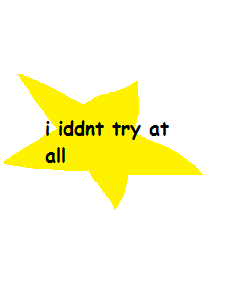
If Earth had Saturn’s Rings
From an excellent post by Jason Davis
From Washington, D.C., the rings would only fill a portion of the sky, but appear striking nonetheless. Here, we see them at sunrise.

From Guatemala, only 14 degrees above the equator, the rings would begin to stretch across the horizon. Their reflected light would make the moon much brighter.

From Earth’s equator, Saturn’s rings would be viewed edge-on, appearing as a thin, bright line bisecting the sky.

At the March and September equinoxes, the Sun would be positioned directly over the rings, casting a dramatic shadow at the equator.

At midnight at the Tropic of Capricorn, which sits at 23 degrees south latitude, the Earth casts a shadow over the middle of the rings, while the outer portions remain lit.

via x
On a scale of Matt Damon

to Matt Damon
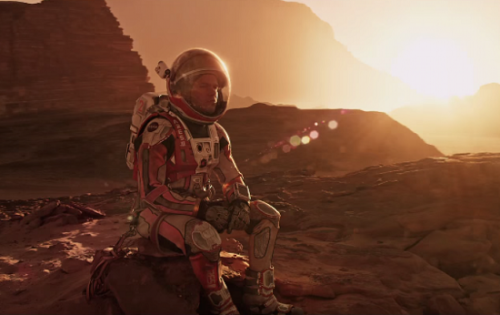
how well do you handle being stuck alone on an inhospitable planet
What is a Supermoon Lunar Eclipse?

We’ve told you that on Sept. 27 a supermoon lunar eclipse will occur in the U.S. And much of the world, but what does that mean?
One important note, is that this event can be referred to in many different ways:
Supermoon Lunar Eclipse
Super Blood Moon
Harvest Moon Eclipse
Supermoon Eclipse
All slightly different names, but apply to the same spectacular event that will occur this weekend.
Since it’s rare that both a supermoon and an lunar eclipse occur at the same time, let’s break it down.
1) Supermoon

A supermoon is a full or new moon that falls closest to the fall equinox, and is at its closest approach to the Earth. This results in the moon appearing up to 14% larger in diameter.
2) Lunar Eclipse

A lunar eclipse occurs when the moon passes directly behind the Earth into its shadow. This can give the moon a red tint.
3) A Supermoon Lunar Eclipse!

The combination of these two events does not happen very often. In fact, since 1900 a supermoon lunar eclipse has only happened 5 times! The last time this occurred was 1982, and if you miss the event this year, your next opportunity won’t come until 2033.
This year, the event will be visible from the Americas, Europe and Africa on the night of Sept. 27. Here’s a full schedule of the supermoon eclipse:

If it’s cloudy in your area on Sept. 27, don’t worry! NASA Television will be providing a live stream of the event, so you can tune in and enjoy the show.
For more information and resources on the supermoon lunar eclipse, visit our page on NASA.gov.
Make sure to follow us on Tumblr for your regular dose of space: http://nasa.tumblr.com

(photo by Fallska)
What is a "nebula"?
A nebula is a large cloud of dust and gas that are star-forming regions. They’re formed when a star dies and its outer layers expand, creating a colourful cloud of gas. In other cases, they’re formed when a star goes supernova (when a really big and bright star dies and explodes).
There are emission nebulae, reflection nebulae and dark nebulae. Emission nebulae are close enough to a star that the gas particles absorb the UV light, get excited and emit their own light. Reflection nebulae are when a nebulae isn’t close enough to a star to absorb it’s UV light so it just reflects it. Dark nebulae aren’t close enough to a star to either absorb it’s light nor reflect it. The only way a dark nebulae is visible is if there’s a star behind it that can act as a backdrop, illuminating the back of the nebulae.
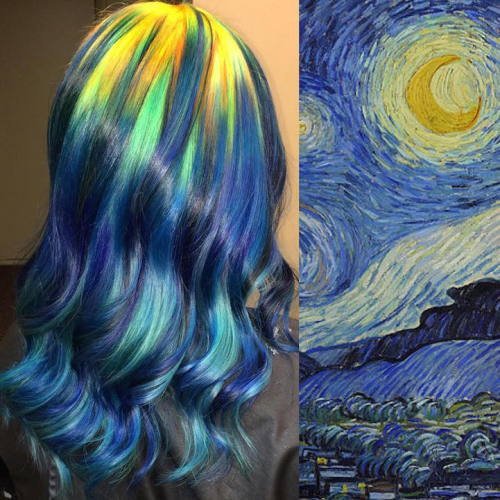
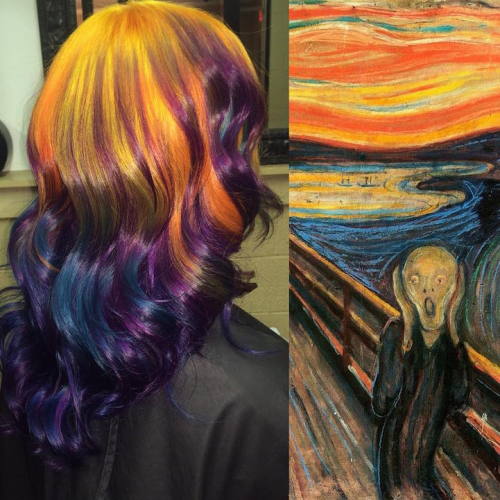
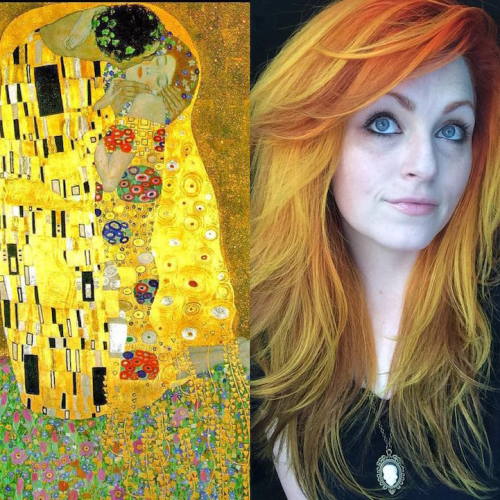
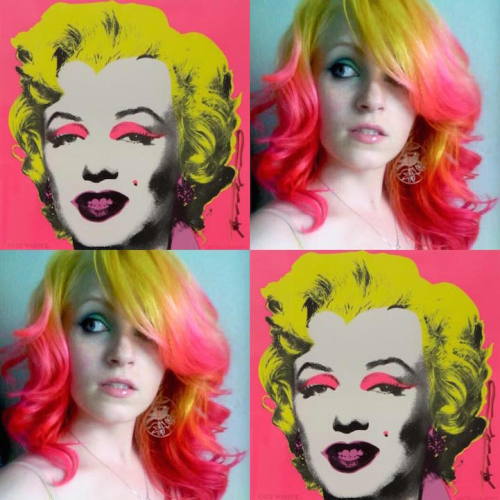

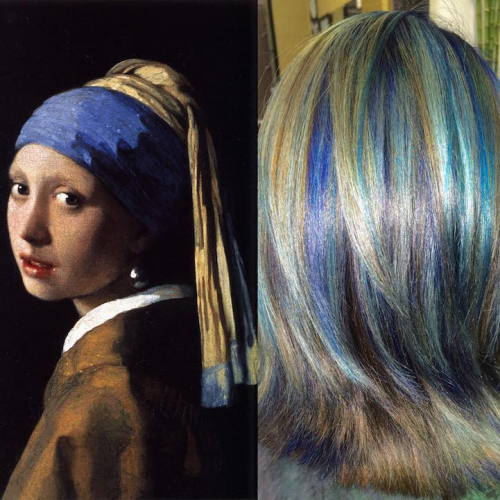

Hairstylist Creates Hair Dyeing Masterpieces Inspired by Classic Fine Art Paintings
-
 sweetbutterbliss liked this · 2 months ago
sweetbutterbliss liked this · 2 months ago -
 metanoiastudies liked this · 1 year ago
metanoiastudies liked this · 1 year ago -
 giletoocerhi liked this · 1 year ago
giletoocerhi liked this · 1 year ago -
 myster78 liked this · 2 years ago
myster78 liked this · 2 years ago -
 iwillhaveamoonbase liked this · 2 years ago
iwillhaveamoonbase liked this · 2 years ago -
 happythebluecat liked this · 2 years ago
happythebluecat liked this · 2 years ago -
 signetringsandpreppythings liked this · 2 years ago
signetringsandpreppythings liked this · 2 years ago -
 glitch-core liked this · 2 years ago
glitch-core liked this · 2 years ago -
 twoampostman liked this · 2 years ago
twoampostman liked this · 2 years ago -
 jeffreybrosseau liked this · 3 years ago
jeffreybrosseau liked this · 3 years ago -
 darthschabba reblogged this · 3 years ago
darthschabba reblogged this · 3 years ago -
 darthschabba liked this · 3 years ago
darthschabba liked this · 3 years ago -
 fanshipper1412 liked this · 3 years ago
fanshipper1412 liked this · 3 years ago -
 lookalivesunshyn liked this · 4 years ago
lookalivesunshyn liked this · 4 years ago -
 artifexjay liked this · 4 years ago
artifexjay liked this · 4 years ago -
 thomasbrisenio liked this · 5 years ago
thomasbrisenio liked this · 5 years ago -
 rnindexplosion reblogged this · 5 years ago
rnindexplosion reblogged this · 5 years ago -
 skullvis liked this · 5 years ago
skullvis liked this · 5 years ago